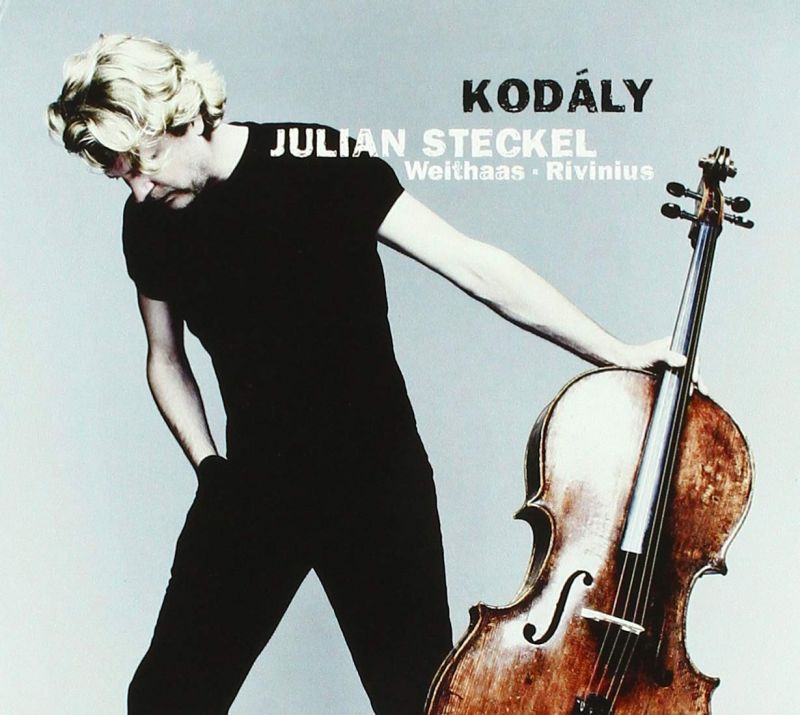KODÁLY Cello Sonatina, Cello Sonata, Duo for Cello and Violin
View record and artist detailsRecord and Artist Details
Composer or Director: Zoltán Kodály
Genre:
Chamber
Label: Avi
Magazine Review Date: 11/2019
Media Format: CD or Download
Media Runtime: 65
Mastering:
DDD
Catalogue Number: AVI8553272

Tracks:
| Composition | Artist Credit |
|---|---|
| Sonatina |
Zoltán Kodály, Composer
Julian Steckel, Cello Paul Rivinius, Piano Zoltán Kodály, Composer |
| Sonata for Solo Cello |
Zoltán Kodály, Composer
Julian Steckel, Cello Zoltán Kodály, Composer |
| Duo |
Zoltán Kodály, Composer
Antje Weithaas, Violin Julian Steckel, Cello Zoltán Kodály, Composer |
Author: Andrew Farach-Colton
Even in the expansive Adagio, Steckel binds the variegated phrases together so they sound not only indissoluble but lead inexorably from one to the next, holding fast to the music’s twisting and sometimes shredded melodic thread. I’m particularly impressed by the way he handles the passages that are simultaneously bowed and plucked, suggesting a singer accompanying himself with a zither or tamburica, perhaps – listen starting at 3'13", and then also at 9'13", where his tone becomes choked with emotion. In the wild finale, Steckel dances more nimbly than Starker – and more rhythmically precise – even if he isn’t quite as earthy.
The Duo (1915) is cut from similar cloth and violinist Antje Weithaas’s wiry sound suits it well. She doesn’t uncover quite as much expressive detail as Josef Gingold in his riveting performance with Starker (Delos, 1/89), but there’s no lack of passion or dramatic concision – turn, for example, to the end of the slow movement (starting at 7'30") where enraptured delicacy unexpectedly turns to tragedy. The more dreamily Debussian Sonatina (1922) is marvellously fluid, vividly flecked with colour and smartly placed as the programme opener.
My disc has a reprise of the first few bars of the Sonata’s finale tacked on after a pause at the end of the Duo, a minor glitch on an otherwise splendid – and splendidly recorded – release.
Discover the world's largest classical music catalogue with Presto Music.

Gramophone Digital Club
- Digital Edition
- Digital Archive
- Reviews Database
- Full website access
From £8.75 / month
Subscribe
Gramophone Full Club
- Print Edition
- Digital Edition
- Digital Archive
- Reviews Database
- Full website access
From £11.00 / month
Subscribe
If you are a library, university or other organisation that would be interested in an institutional subscription to Gramophone please click here for further information.




